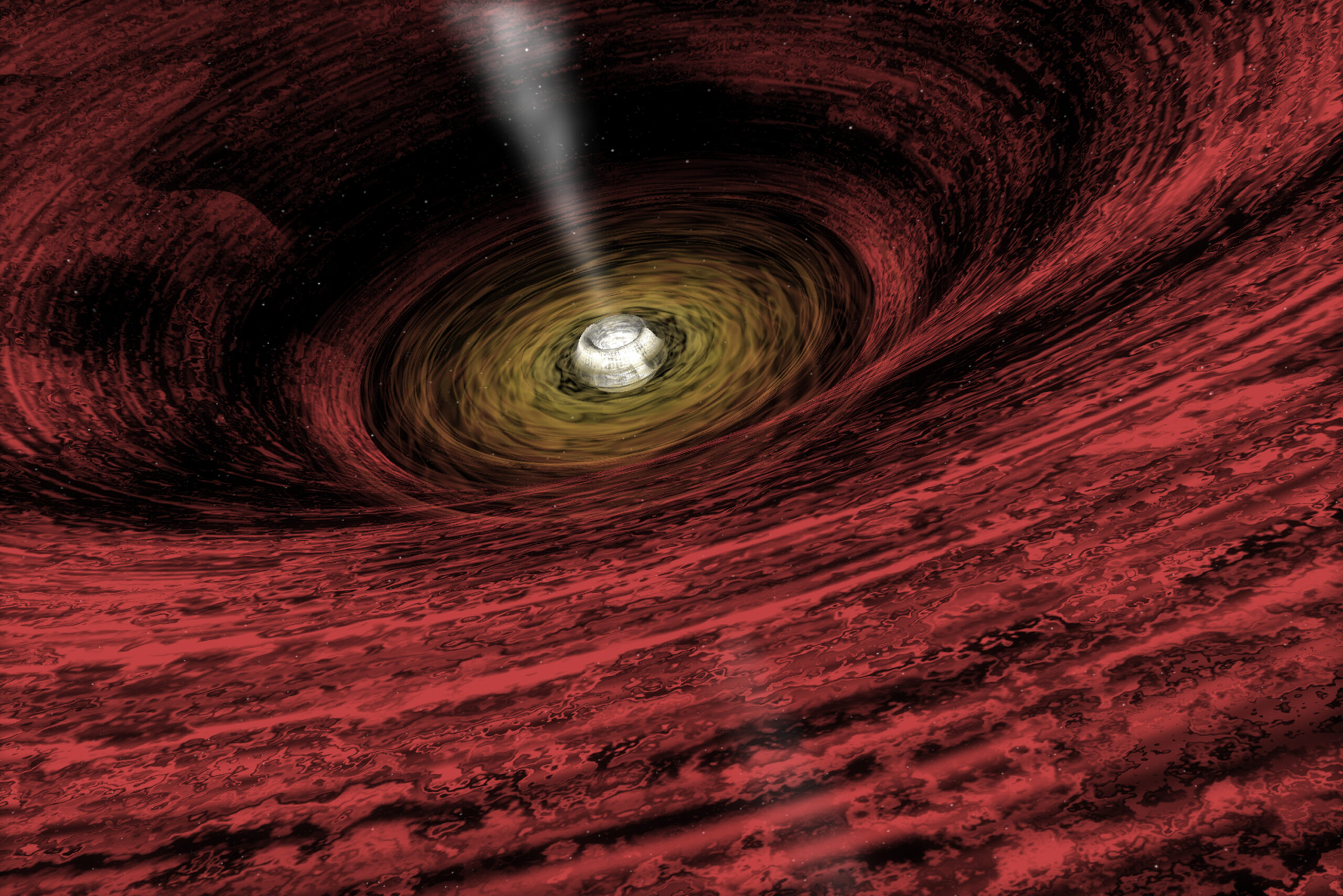MIT’s new simulation reveals crucial insights into the birth of the universe
Spontaneously generating reality is a messy affair.
Our Big Bang, for example, unleashed a universe’s worth of energy and matter in an instant, then flung it omnidirectionally away at the speed of light as temperatures throughout the growing cosmos exceeded 1,000 trillion degrees Celsius in the first few nanoseconds of time’s existence. The following couple hundred million years, during which time the universe cooled to the point that particles beyond quarks and photons could exist — when actual atoms like hydrogen and helium came into being — are known as the dark ages, on account of stars not yet existing to provide light.
Eventually however, vast clouds of elemental gasses compressed themselves enough to ignite, bringing illumination to a formerly dark cosmos and driving the process of , which is why the universe isn’t still just a whole bunch of hydrogen and helium atoms. The actual process of how the light from those new stars interacted with surrounding gas clouds to create the ionized plasma that spawned heavier elements is not fully understood but a team of that their mathematical model of this turbulent epoch is the largest and most detailed devised to date.
The simulation, named in honor of the goddess of dawn, simulates the period of cosmic reionization looking at the interactions between gasses, gravity, and radiation in a 100 million cubic light year space. Researchers can scrub through a synthetic timeline extending from 400,000 years to 1 billion years after the Big Bang to see how changing different variables within the model impacts the generated outcomes.
“Thesan acts as a bridge to the early universe,” Aaron Smith, NASA Einstein Fellow in the MIT Kavli Institute for Astrophysics and Space Research, told . “It is intended to serve as an ideal simulation counterpart for upcoming observational facilities, which are poised to fundamentally alter our understanding of the cosmos.”
It boasts higher detail at a larger volume than any previous simulation thanks to a novel algorithm tracking light’s interaction with gas that dovetails with separate galaxy formation and cosmic dust behavior models.
“Thesan follows how the light from these first galaxies interacts with the gas over the first billion years and transforms the universe from neutral to ionized,” Rahul Kannan of the Harvard-Smithsonian Center for Astrophysics, which partnered with MIT and the Max Planck Institute for Astrophysics on this project, told MIT News. “This way, we automatically follow the reionization process as it unfolds.”
Powering this simulation is the supercomputer in Garching, Germany. Its 60,000 computing cores run the equivalent of 30 million CPU hours in parallel to crunch the numbers needed by Thesan. The team has already seen surprising results from the experiment as well.
“Thesan found that light doesn’t travel large distances early in the universe,” Kannan said. “In fact, this distance is very small, and only becomes large at the very end of reionization, increasing by a factor of 10 over just a few hundred million years.”
That is, light at the end of the reionization period traveled further than researchers had previously figured. They have also noticed that the type and mass of a galaxy may influence the reionization process, though the Thesan team was quick to point out that corroborating real-world observations will be needed before that hypothesis is confirmed.
All products recommended by Engadget are selected by our editorial team, independent of our parent company. Some of our stories include affiliate links. If you buy something through one of these links, we may earn an affiliate commission.






